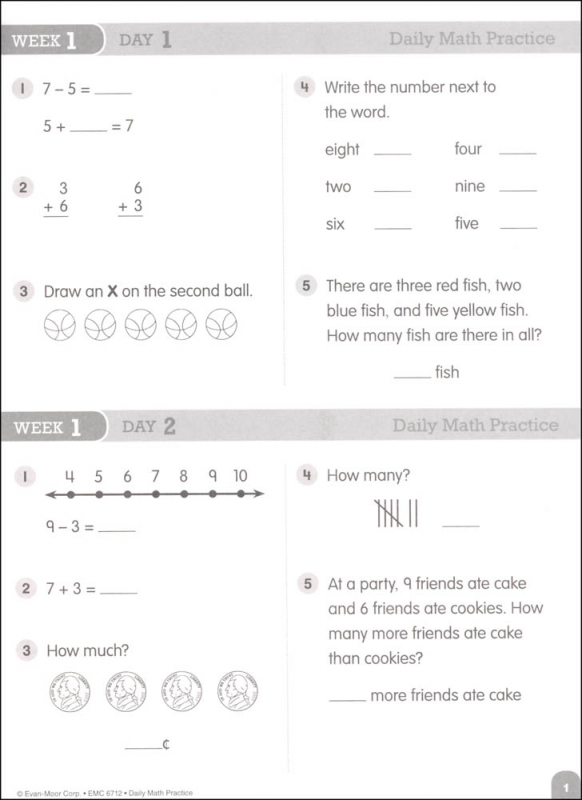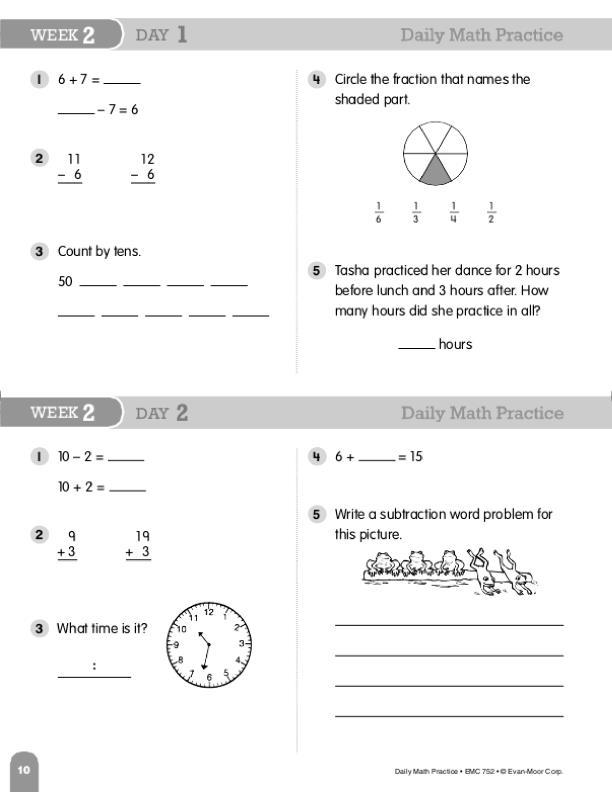
“Reading activities are often part of the fabric of a family’s daily life,” says Joanna Christodoulou, an HGSE faculty member and an assistant professor at the MGH Institute of Health Professions. “But if you try to imagine a bedtime math routine, as you might for reading, the idea of winding down by completing math equations doesn’t elicit the same interest. Many parents “may just be less inclined to do math at home,” she says. “Parents often think that their kids learn math in school, and that it’s sort of the school’s domain,” says Harvard Graduate School of Education (HGSE) doctoral student Kathleen Lynch. The reason? Many parents - and their children - don’t think about math as existing outside of the classroom. Schools and communities have tuned in to that challenge, finding more ways to partner with low-income families to ensure their children keep reading throughout the summer.īut it’s actually easier for kids - from all socioeconomic backgrounds - to forget what they learned in math over the summer than it is for them to lose reading skills. Low-income kids can lose vast amounts of learning over the summer when they don’t have access to the same enriching activities as their higher-income peers, such as vacations, visits to museums and libraries, or even just time spent with family discussing academic concepts or everyday events. The research is clear: Summer learning loss is a significant problem, playing a surprisingly large role in creating the achievement gap. On average, students lose approximately 2.6 months of learning in math over the summer - and teachers have to give up weeks of class time, or more, to make up for that loss. For many of us, summer and mathematics just don’t seem to mix.īut across the socioeconomic spectrum, kids arrive back at school every fall much worse off in mathematics than they finished in the spring.

a detailed scope and sequence chart to help teachers map units to correlated skills.It’s tough to imagine filling a lazy beach day with fractions, or stretching out in the back seat on a road trip and practicing long division.downloadable math activities and projects to offer reinforcing practice at home.critical Common Core proficiencies for each grade level.models and tools to aid students in solving problems and answering open-ended questions.

The 36 weeks of grade-specific skill practice covers: The day 5 activity provides more extensive practice and asks students to think critically. How it works: Students complete five short math problems on days 1-4.


Provide your fifth-grade students with 10 to 15 minutes of daily math practice specifically developed to meet Common Core! The frequent, focused practice improves math skills, and each title includes downloadable home-school connection activities. About the Book Provide your fifth-grade students with 10 to 15 minutes of daily math practice specifically developed to meet Common Core! The frequent, focused practice improves math skills, and each title includes downloadable home-school connection activities.


 0 kommentar(er)
0 kommentar(er)
